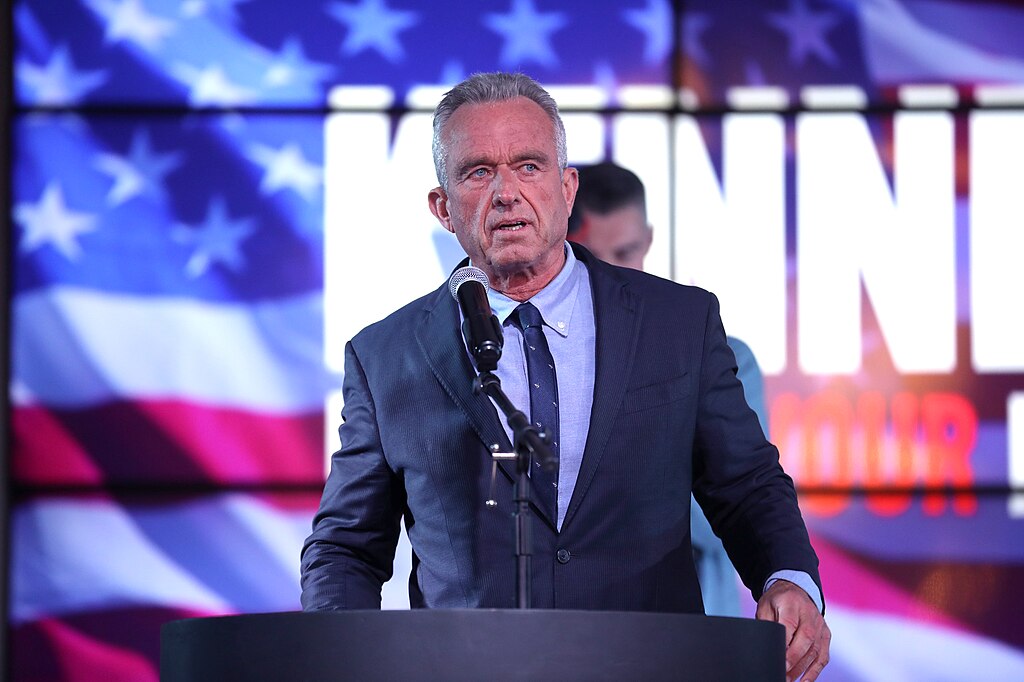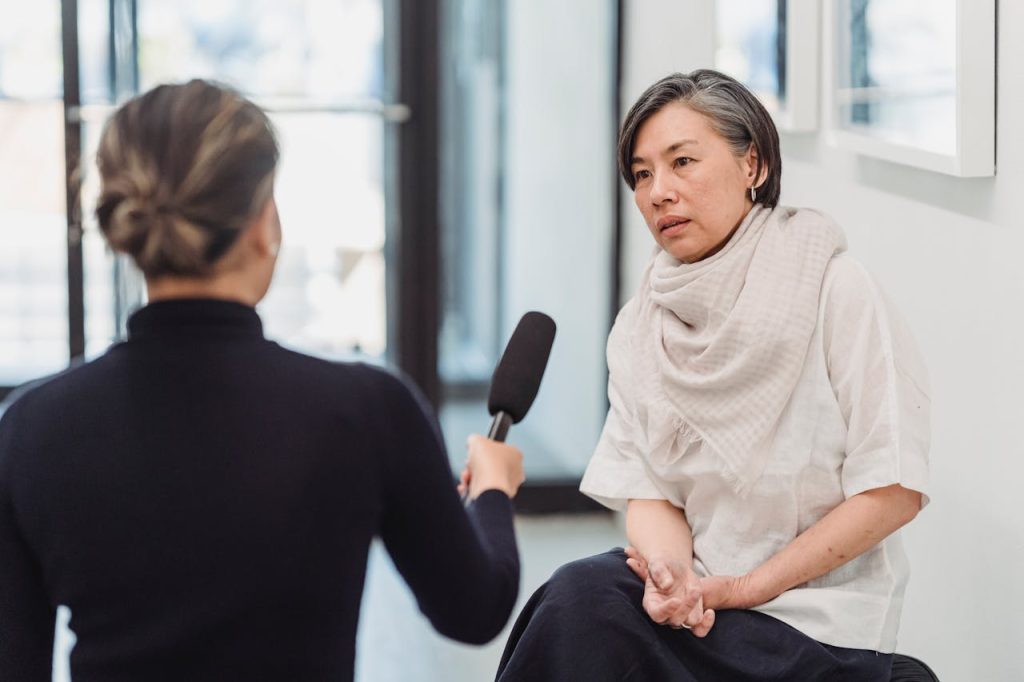Your cart is currently empty!
How One Statement on Autism and Circumcision Sparked a Global Conversation on Truth and Trust

In a world where a single phrase can capture the attention of millions, the line between information and influence grows thinner each day. Words once confined to policy meetings now travel instantly across social media, sparking debates that reach living rooms around the world. The moment a statement connects to a topic as personal as children’s health, emotion quickly takes over logic. What follows is not always understanding, it is reaction.

Autism, a complex condition that has long challenged both science and society, often becomes a subject of speculation rather than study. When public figures tie it to everyday medical practices, their voices carry far beyond the facts. What begins as a headline becomes a question of trust, who should we believe when science itself is pulled into the spotlight?
The Statement and the Spark
When U.S. Health Secretary Robert F. Kennedy Jr. spoke about circumcision and autism during a recent Cabinet meeting, it sparked more than a policy discussion. It reignited a larger debate about how public figures use their influence in conversations about science, health, and truth. His statement, “There’s two studies that show children who are circumcised early have double the rate of autism. It’s highly likely because they are given Tylenol,” immediately made headlines across national outlets.

This was not the first time Kennedy had made similar assertions. Just weeks earlier, he and former President Donald Trump suggested that pregnant women who took Tylenol might increase the likelihood of autism in their children. Those claims, too, were quickly dismissed by experts who found no credible scientific evidence to support them. Yet, the resurfacing of this topic reflects something deeper than political controversy, it highlights how misinformation can thrive when science is taken out of context.
The Scientific Context
Public health officials and autism advocacy organizations have voiced deep concern over the consequences of spreading unverified health information. Statements like Kennedy’s not only misrepresent scientific research but also risk eroding public confidence in medicine. Mel Merritt, Head of Policy and Campaigns at the National Autistic Society said, “This is dangerous, it’s anti-science and it’s irresponsible,” emphasizing how misinformation can undo decades of progress in understanding autism and supporting affected families.

To understand why Kennedy’s claim lacks scientific weight, it is important to look at how autism is studied. Researchers around the world have examined thousands of variables over decades and have found no evidence linking circumcision or acetaminophen to autism. Autism spectrum disorder is understood as a neurodevelopmental condition influenced by complex genetic and environmental factors that interact during early brain development. This includes genetic variations that influence communication pathways in the brain and prenatal factors such as maternal health, infections, and age. None of these lines of research support the idea that short-term use of common pain relievers can alter neurological outcomes.
The 2015 Danish study that Kennedy cited did observe a numerical association between early circumcision and autism diagnoses, but the researchers themselves cautioned against interpreting it as proof of cause. Their work lacked data on medication use and relied on registry information that could not account for social and cultural factors, such as how often children were brought to medical appointments or how autism was diagnosed across populations. Later reviews criticized the study’s design for failing to control for these variables, making any conclusion about painkillers and autism scientifically unsound.
Experts have since explained that autism research requires large-scale, long-term studies that isolate independent factors and examine them under strict conditions. In other words, correlation does not equal causation. When fragments of research are lifted from their context, they can create powerful yet misleading narratives. This is why scientific literacy and careful communication are critical in public health discussions, especially when a single misinterpreted study can ripple through the media and shape perception worldwide.
The Power and Peril of Influence
In an age where a single statement can dominate headlines within minutes, the responsibility that comes with influence has never been more important. Kennedy’s remarks, though widely discredited, have reignited an essential conversation about how information is shared, received, and amplified. Each word spoken by a person in power can shape how the public perceives science, medicine, and truth. In this era of instant communication, it is no longer enough to be heard; what matters most is being accurate and accountable.

Influence, especially from political or celebrity figures, can serve as a bridge between experts and the public, translating complex ideas into accessible discussions. But that same power can distort understanding when evidence is misrepresented or taken out of context. Misinformation travels quickly because it appeals to emotion, and once fear takes hold, correction becomes a slower and harder task. This dynamic underscores the need for responsible communication where public figures rely on verified data and scientific consensus before making sweeping claims.
The ethical duty that comes with influence extends beyond personal reputation. It impacts public trust, policy decisions, and even the daily choices people make about their health and safety. Whether the topic is medicine, climate, or culture, credibility must remain at the center of every statement. Facts may not always reach as wide an audience as fear, but they endure far longer. True influence lies in using a platform to clarify, not confuse, and to build understanding that strengthens rather than divides.
The Ripple Effect of Public Discourse
Beyond the immediate reactions to Kennedy’s remarks lies a broader question about how societies process information in the digital age. The spread of health-related misinformation has become a recurring challenge for governments, medical institutions, and journalists worldwide. When a claim is made by a figure with authority, its reach is magnified, often traveling faster than the mechanisms designed to verify it. This phenomenon has reshaped how audiences interpret expertise, creating a space where emotion frequently eclipses analysis.
The way conversations evolve online plays a significant role in this. Algorithms reward engagement, not accuracy, meaning that the most shared information is not always the most truthful. Once misinformation gains traction, corrections rarely achieve the same visibility, leaving fragments of false narratives embedded in public memory. The long-term effect is a slow erosion of trust in science, which becomes increasingly difficult to rebuild.

This highlights the growing need for education in digital literacy and critical thinking. Understanding how to evaluate sources, cross-check data, and recognize emotional manipulation within media is as vital as understanding the facts themselves. The future of informed discourse depends on citizens who can distinguish between influence and evidence. By encouraging a culture of thoughtful inquiry, the cycle of misinformation can be weakened and replaced with one built on context, integrity, and reason.
The Role of Journalism in the Age of Uncertainty
Journalism plays a crucial part in shaping how society interprets claims like Kennedy’s. Reporters and editors decide which stories gain attention and how they are framed. In cases involving science and health, that role carries immense responsibility. Presenting information without context can unintentionally amplify confusion, while careful reporting can provide clarity that helps the public distinguish between genuine discovery and misleading speculation. The goal of journalism is not to silence debate but to ensure that the conversation begins with facts, not fear.
Modern media faces a constant tension between speed and accuracy. Audiences demand real-time updates, yet meaningful verification takes time. Balancing those pressures requires a renewed commitment to ethics, transparency, and collaboration between journalists and scientific experts. When news outlets prioritize thorough investigation over sensational headlines, they help preserve the integrity of public understanding.

The power of the press remains one of the strongest tools against misinformation. By verifying sources, highlighting nuance, and emphasizing expert consensus, journalism can act as a safeguard against distortion. In an era defined by uncertainty, truth-telling is not only a professional obligation but a public service that sustains democracy and trust in science.
The Reflection Beyond the Headline
The conversation surrounding Kennedy’s remarks ultimately reveals something larger than a political or scientific controversy. It exposes how the intersection of communication, influence, and perception defines our collective understanding of truth. Public statements once delivered to limited audiences now reach millions within seconds, transforming isolated comments into cultural events. What follows is not just a debate about data, but a test of how well society can distinguish evidence from narrative.
The long-term implications of misinformation reach far beyond the news cycle. When scientific facts become entangled with political or emotional agendas, the consequences shape more than opinions, they affect public health decisions, funding priorities, and the credibility of entire institutions. Over time, this erodes trust in experts who dedicate their lives to research and replaces informed dialogue with reactionary noise.

Yet there is reason for cautious optimism. The same platforms that allow misinformation to spread can also amplify education, nuance, and truth. When credible voices, scientists, journalists, educators, and engaged citizens, collaborate to share accurate, accessible information, they can counter the tide of distortion. The challenge is not only to correct falsehoods but to rebuild curiosity, empathy, and respect for evidence. In the end, the endurance of truth depends not just on those who speak it, but on those willing to listen.
Featured Image from Gage Skidmore from Surprise, AZ, United States of America, CC BY-SA 2.0, via Wikimedia Commons
